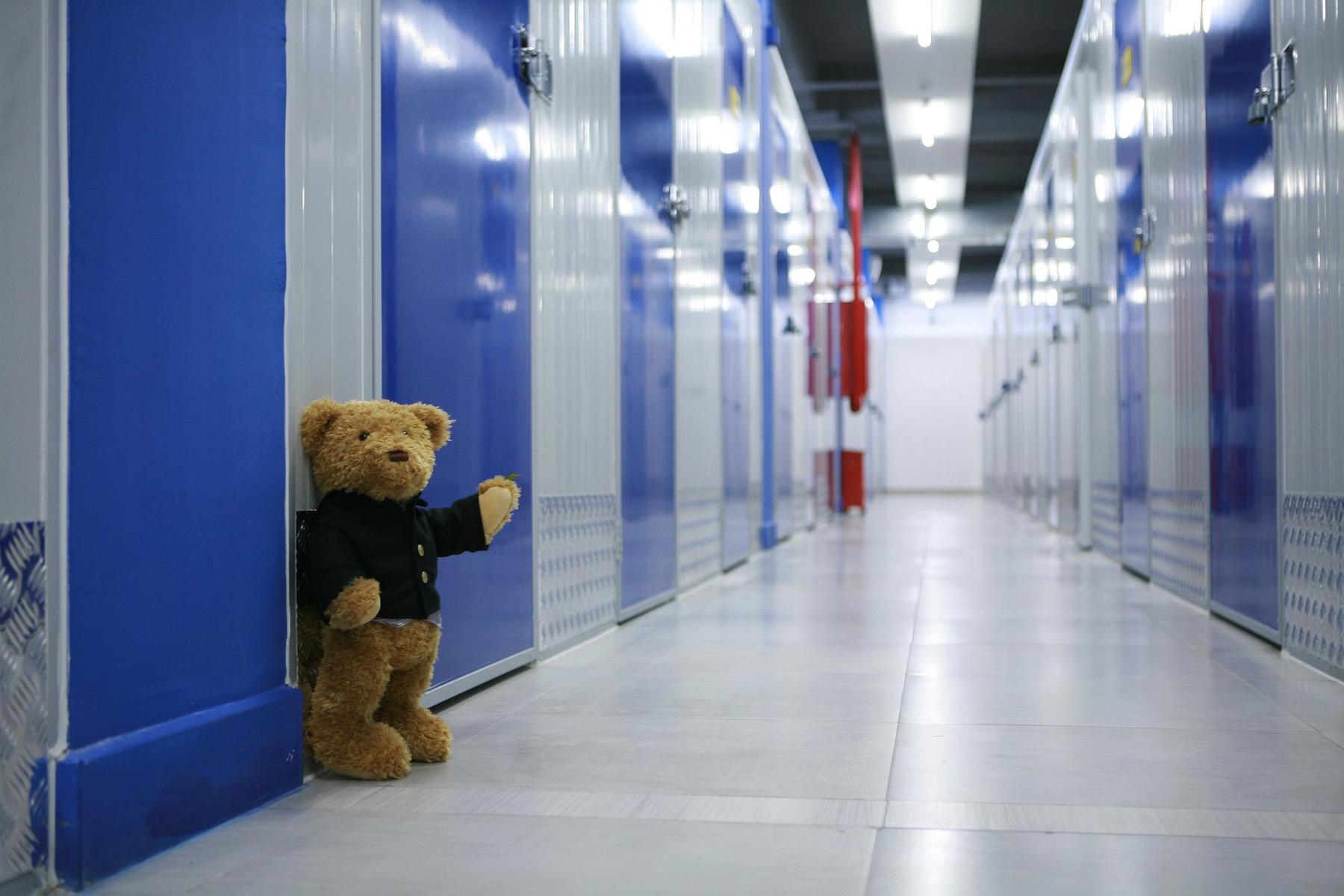The New York metropolitan area leads the nation in new self-storage unit development, nearly doubling what’s under development or construction in Los Angeles-Long Beach-Anaheim, Calif., the No. 2-ranked metro.
Over 131 million sf of new self-storage are in various stages of development or construction in the U.S., with 50 million sf scheduled for delivery in 2022, according to the market research firm Yardi Matrix, whose data from 202 metros Rent Café analyzed. The new development would add approximately 9 percent to the country’s existing stock of 1.6 billion rentable sf of self-storage space.
More than half of new self-storage development—68 million sf—is located in the most active metros that are either undersupplied with a low per-capital inventory or are growing faster than supply can keep up with demand.
Self Storage Development by Metro
(planned or under construction)
Metro rentable square footage
New York-Newark-Jersey City 11,863,734
Los Angeles-Long Beach-Anaheim 6,324,477
Dallas-Ft. Worth-Arlington 5,378,565
Phoenix-Mesa-Scottsdale 4,629,836
Ft. Lauderdale, West Palm Beach 3,963,007
Philadelphia-Camden 3,852,158
Atlanta-Sandy Springs-Roswell 3,541,086
Washington-Arlington-Alexandria 3,006,318
Las Vegas-Henderson-Paradise 2,698,725
Chicago-Naperville-Elgin 2,608,456
Source: Rent Café analysis of Yardi Matrix data
Click here to see the full report, including the Top 100 metros by planned and under-construction self-storage space.
FILLING UNDERSERVED GAPS
Nationally, the benchmark for rentable storage space is 7.1 sf per person. New York only has 2 sf per person, Los Angeles 4. Conversely Dallas-Ft. Worth and Phoenix already have 8 sf per person.
New York expects to deliver 6.2 million sf of self-storage space this year, which would be the equivalent of 17 percent of its existing stock, 72 million sf, which is double the area of Central Park.
Eighty percent of New York’s new self-storage development is located in urban areas, with the borough of Queens accounting for nearly 1.3 million sf alone. Las Vegas, on the other hand, is building 65 percent of its new self-storage space in its suburbs. Other suburban-oriented development is evident in Seattle-Tacoma-Belleview, San Diego-Carlsbad, and North Port-Sarasota, Fla., the latter of which ranks first among the metros tracked for new suburban self-storage space.
Other points of interest from this study include the following:
- Almost 15 percent of self-storage facilities being planned or under construction in Miami will provide space for recreational vehicles.
- Despite having a much smaller population than Dallas-Fort Worth, Phoenix is on track to catch up and eventually pass Big D in self-storage development. It has 4.6 million sf under development, 2.3 million sf of which will be delivered this year. Phoenix is one of the country’s fastest-growing metros, attracting renters and homebuyers alike.
- 95 percent of the self-storage development in Philadelphia, and 87 percent in Washington D.C., are new projects, with modern features and amenities.
- With the average size of an apartment in the city of Chicago being only 750 sf (the national average is 882 sf), it’s not surprising that 91 percent of the Windy City’s new self storage development is in urban areas.
- Self-storage rents over the past 12 months have risen nationally, on average, by 6 percent to $128 per month for a 10x10-ft unit. The Los Angeles metro’s street rate for rentals is the highest, at $209. Conversely, the Houston-The Woodlands-Sugar Land metro’s average rent is $96.
Rent Café conducted this analysis of Yardi Matrix’s data. It considered 2,100 self-storage facilities planned or under construction as of March 2022. Data regarding U.S. population came from the Census Bureau.







